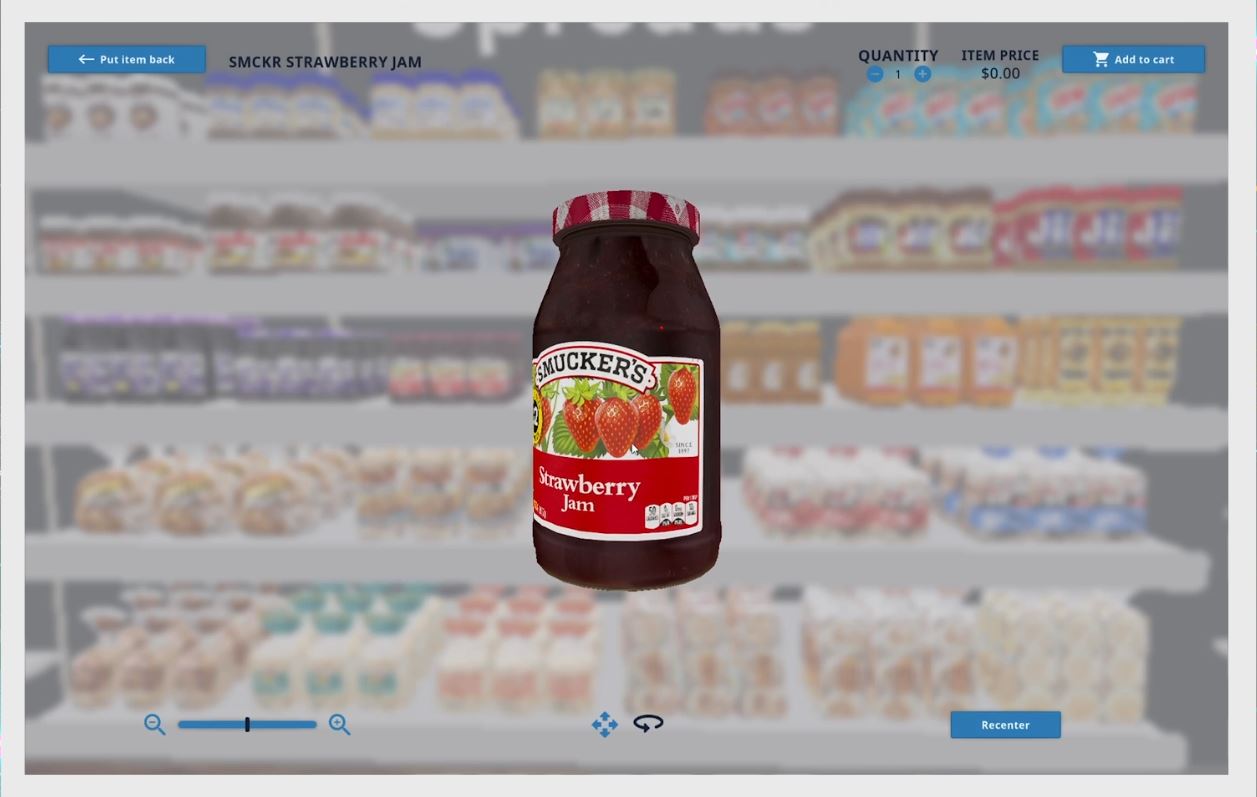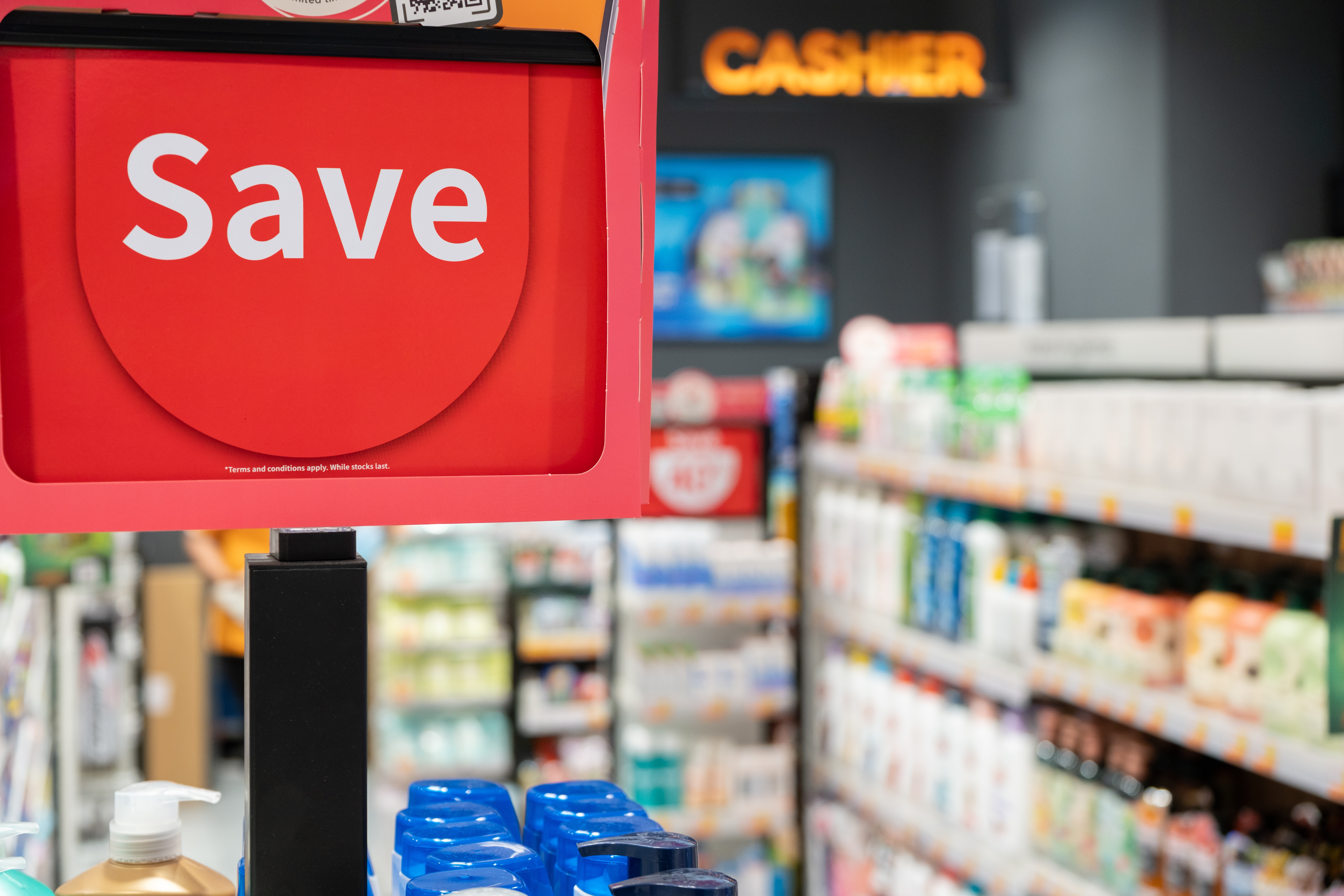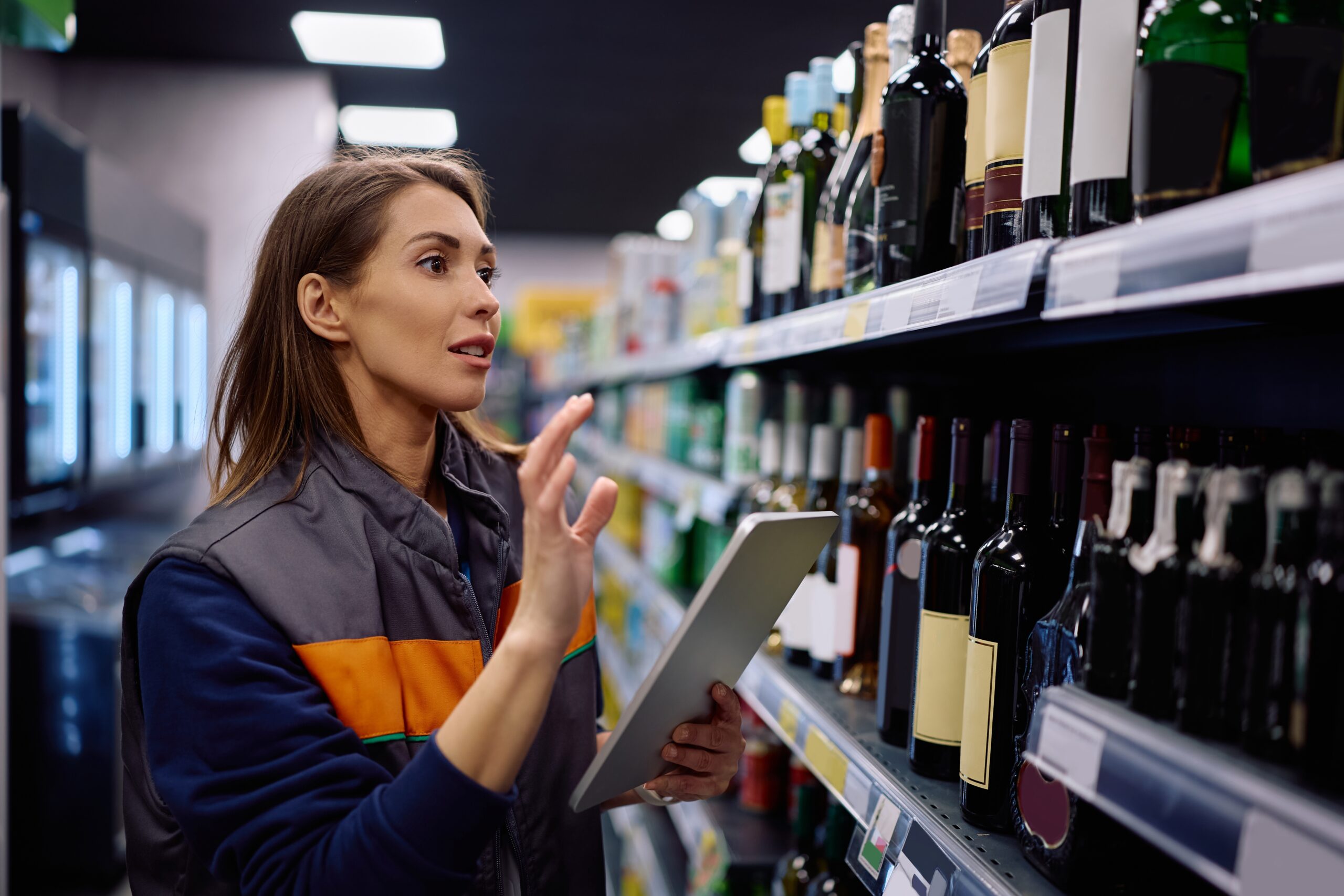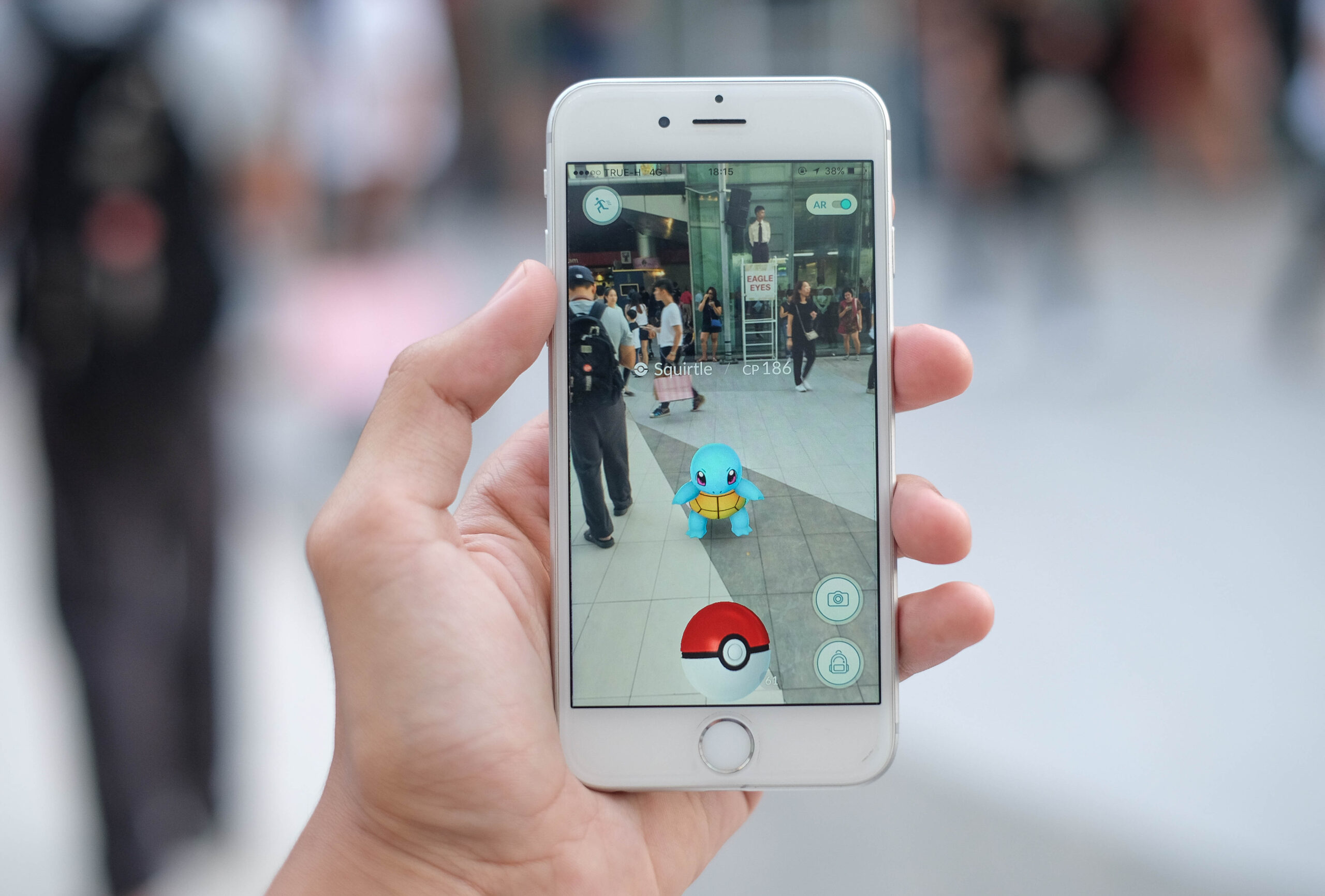Omnichannel looks different than it did 10 years ago. Whether it’s finding items quickly, leisurely browsing, discovering new products, or conveniently ordering from a phone, today’s shoppers need ways to seamlessly shop how they want, when they want, and from where they want, without disruption. It’s an increasingly complicated task for retailers and brands to provide brand experiences that meet the standards of an in-store experience with the convenience of online. More and more, they are adopting cutting-edge technology, like virtual reality and digital twins, to help provide new and exciting ways to bridge that gap. This is often referred to as virtual commerce, or V-commerce.
But what is it, exactly? While there’s no official dictionary or Wikipedia definition, V-commerce can generally be referred to as the buying and selling of products and services that involves virtual reality or 3D immersive experiences. The Metaverse might come to mind: avatars, virtual fitting rooms, bright, futuristic spaces and NFTs (non-fungible tokens). And some familiar brands have jumped into the foray of virtual shopping in the metaverse, including Coca-Cola, Nike, Burberry, and many others. This is how many envision a world of virtual commerce.
Yet we’re still on the fringe of what commerce might look like in the future. At InContext, we believe virtual commerce is the first step towards omni-present “metacommerce.” It is accessible to everyone with internet access and a laptop or mobile device, and serves as an immersive shopping experience that doesn’t replace existing e-commerce, but compliments it. So while the metaverse is new and interesting, it’s not how people regularly shop today—something that is especially true when it comes to the grocery sector.
Virtual Commerce in Grocery
Those who regularly order groceries online often have a set list they keep going back to. They buy online because it’s quick and convenient, not because they are looking to discover something new. We all know how hard it can be to discern things like size, quantity, and ingredients when it comes to searching for grocery products on a website, which is why browsing and impulse purchases take place in the physical store.
In fact, consumers are 10% more likely to add an impulse item to their purchase when shopping in-store versus shopping online. V-commerce is one way to marry that physical and online shopping experience in the grocery space, and retailers and brands need to take advantage. It might be different than how most people typical think of V-commerce, but it’s how we think it fits perfectly into an omnichannel grocery strategy.
The Critical Intersection Between Physical store & Digital Experience
While NFTs and virtual fitting rooms might have their place in other areas of retail, in grocery we see a practical, innovative, and simple way to incorporate virtual with online grocery to make the most of online shopping. Virtual reality does not have to mean bulky VR headsets. InContext’s virtual technology can be used through any PC, which means it’s the perfect way to incorporate virtual into online shopping.
From our own research, we know that younger consumers are looking for more from their E-commerce experiences:
- 37% of Millennials want a more interactive experience when it comes to online grocery shopping.
- 44% of Millennials told us online grocery shopping would be better if they were able to shop a virtual shelf that looks like a physical store shelf, rather than scrolling through a 2D menu of products.
- And when it comes to browsing, Nearly 40% of shoppers in our study said they browsed more in the virtual store than they would have in a typical online shopping experience.
This is just a few of the data points we are using to create the future of online grocery. We also know that an immersive experience that incorporates an entire store doesn’t make sense for how people want to shop today. Instead, it might make more sense to create small vignettes of occasion-based virtual experiences within the typical e-commerce site.
What Will V-Commerce Look Like?
Retailers and brands will leverage digital twin technology to enhance their online experiences. This could mean creating a Thanksgiving-themed section where shoppers can easily jump into a virtual space with everything they need for the big day: recipes, ingredients, décor—everything you might need all in one place. Then add to cart and easily jump back out. In a physical store, you probably wouldn’t see refrigerated turkeys merchandised next to candles. But in a virtual store experience, the sky’s the limit.
While V-commerce might have different definitions depending on who you’re talking to and the type of retail opportunity you’re talking about, it should be something that shoppers are ready to do, today. We believe shoppers are ready for our V-commerce experiences. The time is now to test drive virtual commerce for your store or brand, and get ahead of this exciting future channel of retail. Contact us to learn more and get started!




